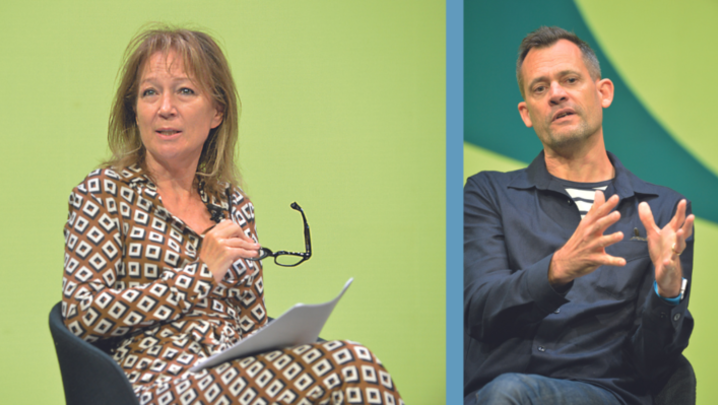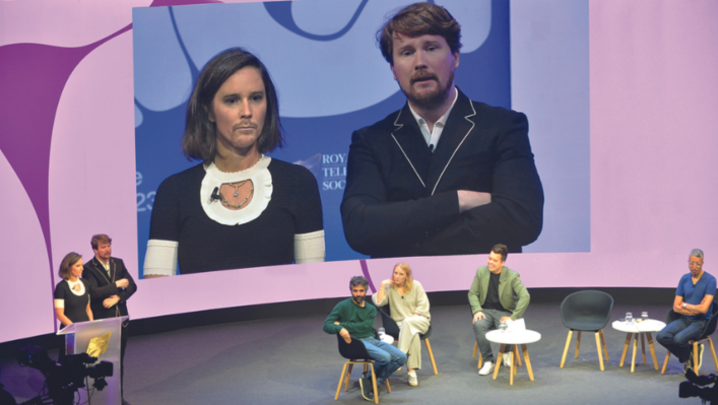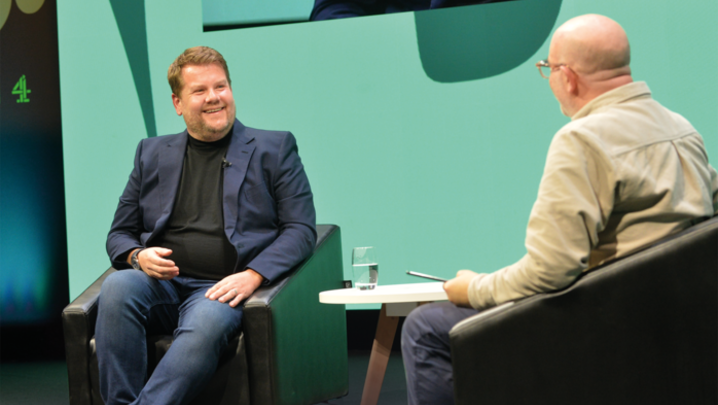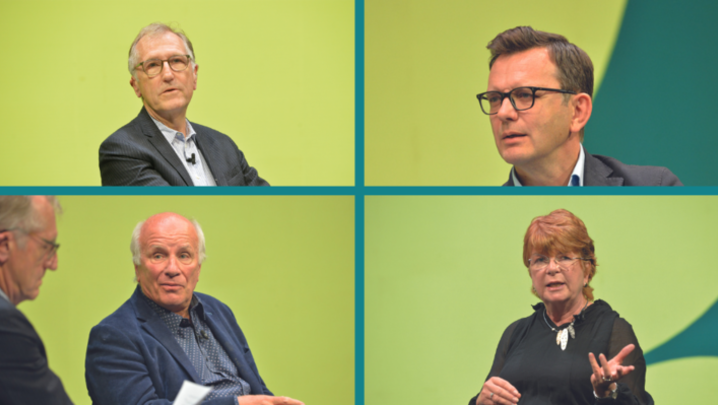TV advertising is rebounding but reforms are necessary to ensure the sector’s long-term future, says Gideon Spanier.
The obituary of TV advertising has been written many times since the 2008 financial crisis and, each time, it has confounded the doomsayers. The television ad market suffered its steepest downturn on record between April and June 2020. There were declines of close to 50% during the worst of the pandemic, yet it has bounced back.
ITV has told investors it expects its ad revenues to be up as much as 90% in June – thanks in part to the Euros, rescheduled from 2020, and the return of Love Island.
Rivals including Comcast, owner of Sky, and ViacomCBS, parent company of Channel 5, have also reported recovering ad revenues.
The UK’s £5bn-a-year TV ad market fell about 12% in 2020 but is on course to recover all of last year’s decline and return to 2019 levels or better in 2021, according to Steven Ballinger. He is President of Amplifi, the media investment arm of Dentsu International, one of the UK’s biggest agency groups, whose clients include Vodafone, Microsoft and the Co-operative Group.
During the course of the pandemic, TV has benefited from the various lockdowns because people had to spend more time at home and viewing increased, even though there was also increased competition from streaming services and other online media.
According to Christian Juhl, the global Chief Executive of GroupM – the media-buying arm of WPP, whose clients include BT, Lloyds Banking Group and Unilever – TV is “still the best place to reach people at scale and there’s nothing like it” thanks to the high levels of trust and brand safety that it enjoys.
Yet many questions hang over the future of TV advertising in the UK. The threats include: the rise of ad-free streamers such as Netflix and Disney+; VoD services that carry fewer ads; and the prospect of tighter ad restrictions on food and drink high in fat, salt and sugar (HFSS) advertising.
Enders Analysis published a major report in April, arguing that the UK TV ad market needed reform. It cited two long-term trading issues: “lack of effective audience measurement” across linear-TV and VoD due to a lack of common standards; and “somewhat opaque” relationships between advertisers (and their media agencies) and the big TV ad sales houses, ITV Commercial, 4Sales and Sky Media. “Both issues need resolving to underpin a healthier ecosystem overall,” said Enders.
Nevertheless, the short-term outlook for the next six to 18 months is good. Amplifi’s Ballinger estimates that the TV ad market will be up 12% to 15% in 2021 and perhaps 2% to 3% in 2022, as the economy recovers.
Rising revenues allow broadcasters to increase investment in programmes, although they also found new efficiencies and saved money on cancelled productions during the pandemic – ITV, for example, plans to achieve £30m of “permanent overhead savings” this year.
Since the start of Covid-19, one key factor that has underpinned TV advertising has been an influx of new advertisers and those that have returned following a long absence.
Some of these advertisers were attracted by cheap prices – the consequence of deflation when the world went into lockdown and demand collapsed. But many companies have invested in TV advertising for strategic, rather than tactical, reasons because of the medium’s ability to tell emotionally engaging stories and build brands.
TV offers mass, simultaneous reach and can generate fame in a way that internet search and social media struggle to deliver, despite UK brands spending around £15bn a year on online advertising. That is three times as much as on TV, according to figures from WARC (World Advertising Research Center) and the Advertising Association.
Premier Foods, owner of brands such as Ambrosia, Sharwood’s and Mr Kipling, is a good example. The FTSE-250 company has adopted a strategy that CEO Alex Whitehouse describes as a “branded growth model”, using TV advertising to drive sales growth.
It is not just established brands embracing TV. Ballinger points to Airbnb, the online holiday property rentals company, which has made a permanent shift away from data-driven digital marketing, such as paid search, in favour of broader, brand-building messaging such as TV ads.

Brian Chesky, co-founder and CEO of Airbnb, explains how the company cut what it calls digital performance marketing to zero during the pandemic. Even though travel ground to a halt, it still generated 95% of the online traffic it had a year earlier.
As a result, Airbnb switched its marketing and launched its biggest brand campaign in five years: “Made possible by hosts” saw TV ads appear in five markets, including the UK, at the start of 2021.
“Brands have realised that they can’t work only in that performance world,” says Ballinger. “They need a more broadcast, brand-building platform to talk to consumers.”
Some other new, disruptor brands that have used digital performance to build their businesses have also woken up to the power of TV – particularly after prices fell last year. Car insurance brand By Miles, pregnancy app Peanut, business-to-business comparison site Bionic and Butternut Box, a dog-food delivery service, were just some of the new advertisers on ITV last year.
The broadcasters have learnt from the tech giants such as Google and Facebook, and have recruited ad sales staff who deal directly with advertisers, not just the agencies that buy on behalf of clients. Both 4Sales and Sky Media have recruited new ad sales chiefs from the agency sector in the past six months, as they look to get closer to advertisers.
The TV companies are also attracting new advertisers by making it easier for them to plan and buy VoD campaigns via platforms such as ITV’s Planet V and Sky’s AdSmart.
“We’re attracting hundreds of VoD-only advertisers, which wasn’t happening before,” noted Carolyn McCall, CEO of ITV, when she announced its annual results in March.
She listed brands such as Net-a-Porter, Levi’s, Monzo, Porsche, New Look, Virgin Active, Westfield, Tiffany & Co, Heinz and “loads” of higher education institutions.
“They are doing very personalised, bespoke targeted advertising through Planet V”, which has self-serve technology, allowing ads to be booked online, McCall explained. “That has definitely been a shift.”
It is an important development because, as Ballinger points out, VoD can be the entry-point for a new-to-TV advertiser that might subsequently go on to advertise on traditional TV.
VoD and other digital revenue still remain a small part of the overall advertising revenue mix for UK broadcasters. But Channel 4 recently set a target for 30% of its ad revenues to come from digital by 2025.
The rise of VoD is important because it allows greater flexibility. That is a big issue for advertisers because a lot of linear TV is still traded on the basis of historic deals and lengthy advanced booking deadlines – a legacy of CRR (Contract Rights Renewal, the regulation that was introduced in 2003 at the time of the ITV merger).
Enders’ warning about the need for reform of the TV ad market was timely because consumer habits have been changing rapidly, particularly with the rise of streaming services and consolidation such as the planned WarnerMedia-Discovery merger.
“The challenge for the traditional broadcasters – ITV, Channel 4 and Sky – is how do they counteract people’s diversification of viewing?” Ballinger says, adding that TV advertising could face an inflation problem if audiences decline as life returns to normal and prices go up.
After the great advertising bounceback of summer 2021, Britain’s leading commercial TV players will need to modernise and work more closely together on measurement to continue to attract advertisers in the face of global competition.
Gideon Spanier is UK editor-in-chief of Campaign.







